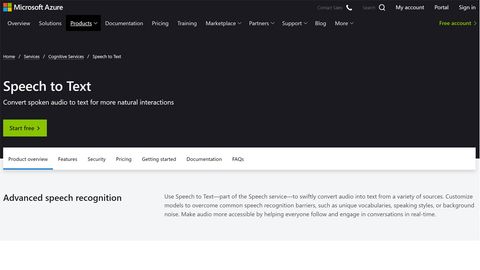

Outputs=[gr.Image(label="predicted depth", type="pil"),

It uses the DPT model to predict the depth of an image and then uses 3D Point Cloud to create a 3D object."Įxamples = ] Title = "Demo: zero-shot depth estimation with DPT + 3D Point Cloud"ĭescription = "This demo is a variation from the original DPT Demo. Gltf_path, mesh_crop, write_triangle_uvs=True) # mesh.remove_vertices_by_mask(vertices_to_remove)ībox = pcd.get_axis_aligned_bounding_box() # vertices_to_remove = densities < np.quantile(densities, 0.001) Mesh = mesh_raw.simplify_vertex_clustering(Ĭontraction=) Voxel_size = max(mesh_raw.get_max_bound() - mesh_raw.get_min_bound()) / 256 Pcd, depth=depth, width=0, scale=1.1, linear_fit=True) Mesh_raw, densities = _from_point_cloud_poisson( Print('run Poisson surface reconstruction') Pcd.orient_normals_towards_camera_location(Ĭamera_location=np.array()) Np.zeros((1, 3))) # invalidate existing normals Image_o3d, depth_o3d, convert_rgb_to_intensity=False)Ĭamera_intrinsic = ()Ĭamera_t_intrinsics(w, h, 500, 500, w/2, h/2) Raise Exception("Error reconstructing 3D model")ĭef create_3d_obj(rgb_image, depth_image, image_path, depth=10):ĭepth_o3d = (depth_image) Np.array(image), depth_image, image_path, depth=8) Gltf_path = create_3d_obj(np.array(image), depth_image, image_path) Prediction = torch.nn.functional.interpolate(ĭepth_image = (output * 255 / np.max(output)).astype('uint8') Predicted_depth = outputs.predicted_depth For more information, see Authentication. Before you use the speech-to-text REST API for short audio, understand that you need to complete a token exchange as part of authentication to access the service. (800, int(800 * image_raw.size / image_raw.size)),Įncoding = feature_extractor(image, return_tensors="pt") You should always use the Speech to Text REST API for batch transcription and Custom Speech. ).style(columns=, rows=, object_fit="contain", height="auto")įrom transformers import DPTFeatureExtractor, DPTForDepthEstimationįeature_extractor = om_pretrained("Intel/dpt-large") Label="Generated images", show_label=False, elem_id="gallery" Num_segments = gr.Slider(0, 5, 1, step=1, label="Number of segments")Ĭolor_map=" if i != 0 else "label" * 50)ītn = gr.Button("Generate image").style(full_width=False) Num_boxes = gr.Slider(0, 5, 2, step=1, label="Number of boxes") Gr.components.Dropdown(label="Target Language", choices=LANGS),Įxamples=],ĭescription="This demo is a simplified version of the original () space" Gr.components.Dropdown(label="Source Language", choices=LANGS), Translation_pipeline = pipeline("translation", model=model, tokenizer=tokenizer, src_lang=src_lang, tgt_lang=tgt_lang, max_length=400, device=device) Translate the text from source lang to target lang Tokenizer = om_pretrained("facebook/nllb-200-distilled-600M")ĭevice = 0 if _available() else -1 Model = om_pretrained("facebook/nllb-200-distilled-600M") From transformers import AutoTokenizer, AutoModelForSeq2SeqLM, pipeline


 0 kommentar(er)
0 kommentar(er)
